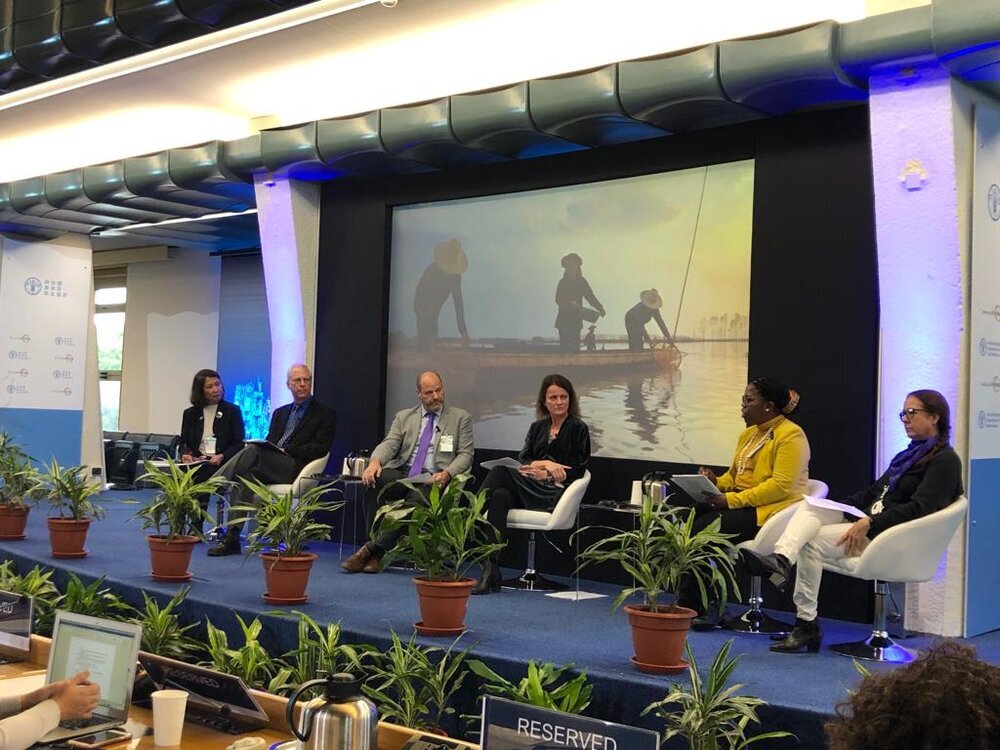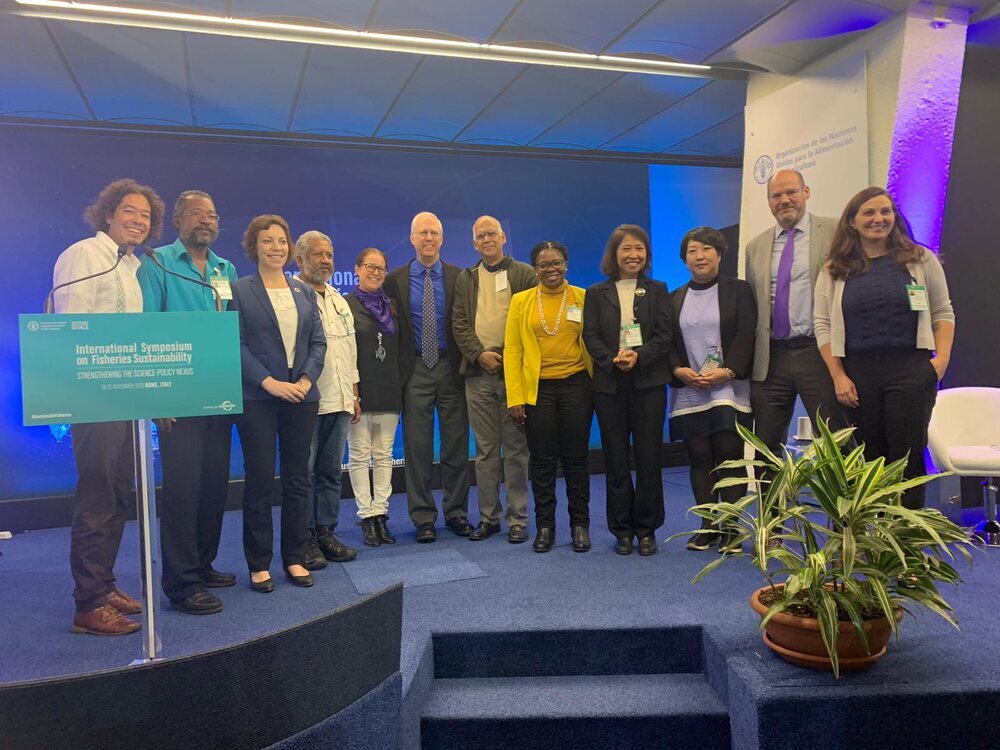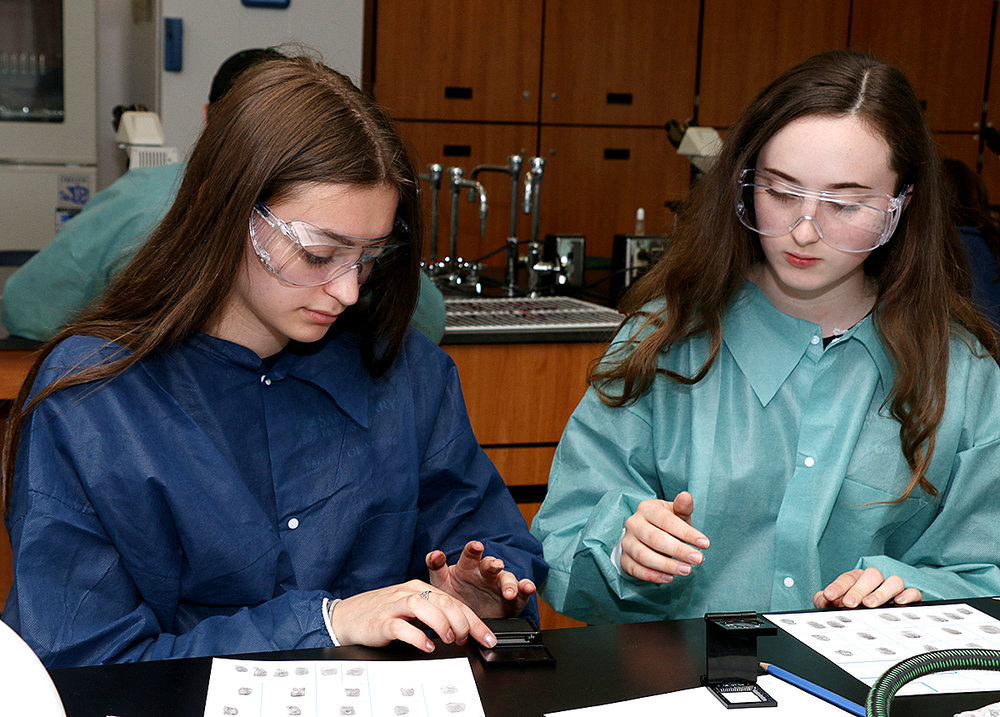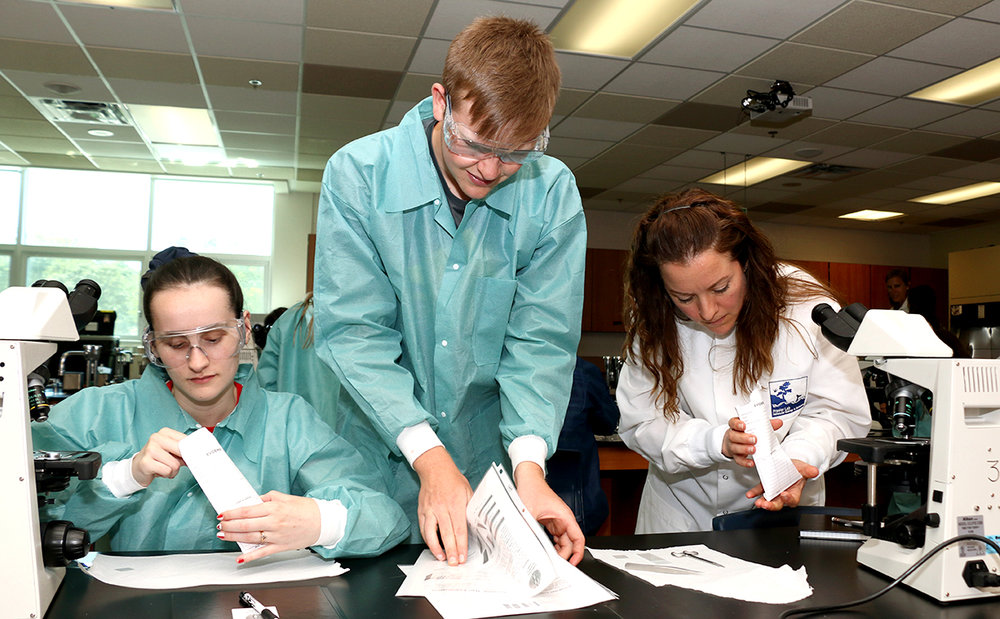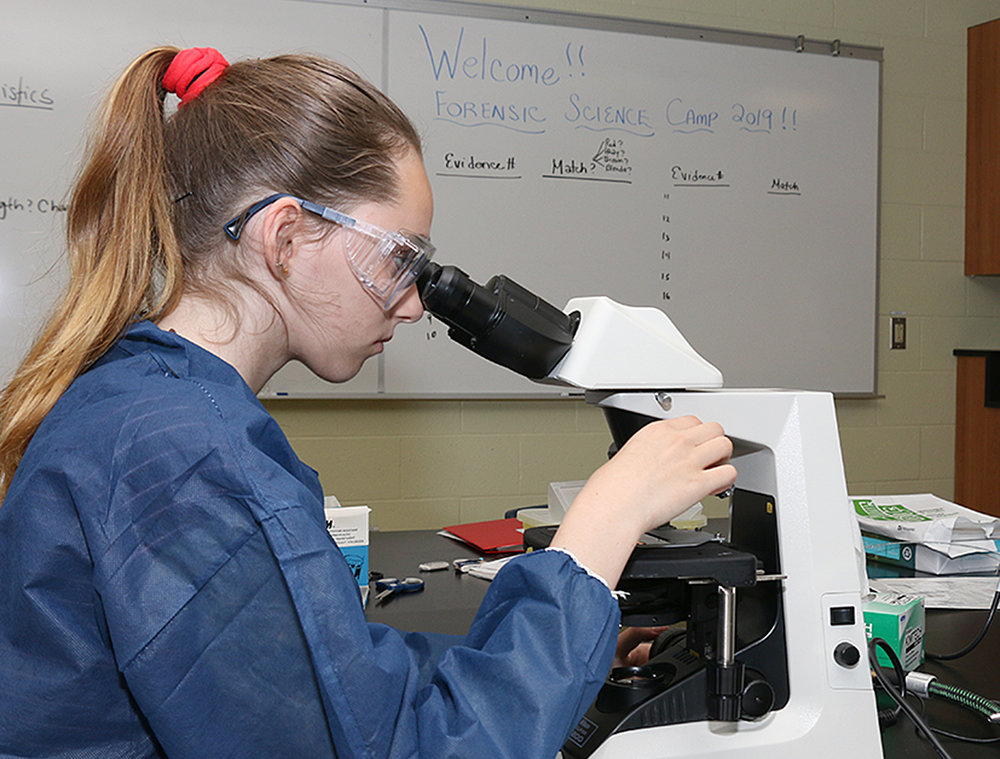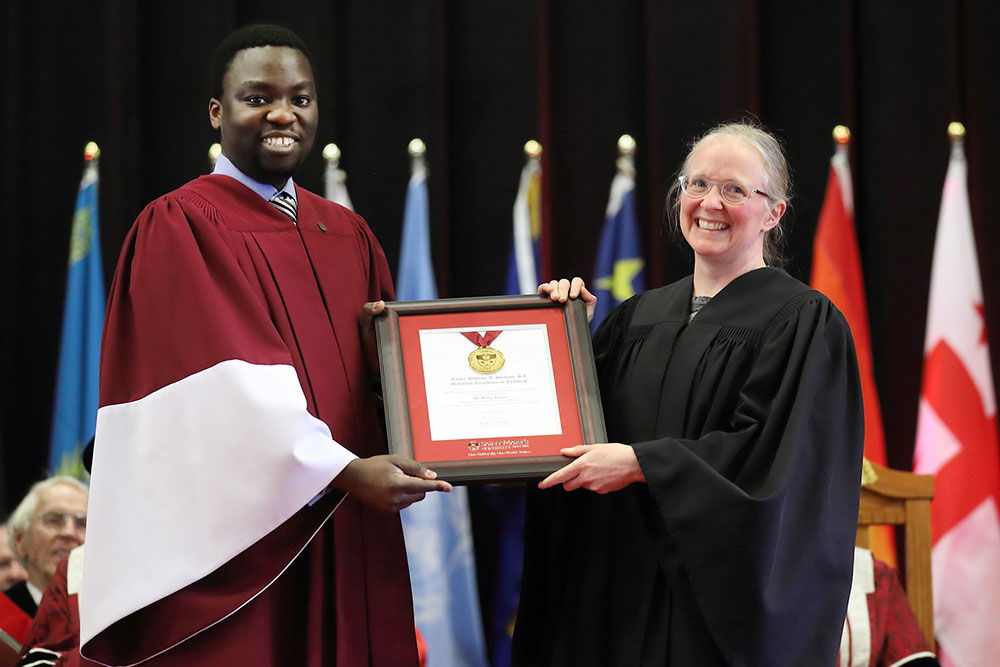Saint Mary’s University physicist Dr. Rituparna Kanungo has been named as a Fellow of the American Physical Society (APS) for her outstanding research on rare isotopes.
This honour goes to scientists who have made significant innovative contributions to the field of physics. No more than one half of one percent of the Society’s membership who have been nominated by their peers are elected as Fellows. Dr. Kanungo was nominated by the Division of Nuclear Physics. She is a professor in the Astronomy and Physics Department and an Affiliate Scientist of TRIUMF, Canada’s particle accelerator centre in Vancouver.
“I am deeply honoured to be chosen to receive this prestigious recognition from the American Physical Society, which I would like to share with all my students, post docs and collaborators. I am immensely thankful to my peers for valuing my contributions, and I thank my supervisors, mentors and our funding agencies for their support,” said Dr. Kanungo.
“This motivates me further to pursue and enable new discoveries with the rare isotopes in nature. It came as a truly rewarding moment with a burst of encouragement in a long and challenging journey to explore the unknown.”
Dr. Kanungo’s nomination was for research which encompasses several projects in Canada and abroad. She has a large network of national and international collaborators, bringing together undergraduate, graduate students, post docs and collaborating scientists from around the world.
“Being elected as a Fellow of the APS is a testament to Dr. Kanungo’s work in the field of subatomic physics, allowing her to enhance her scientific research and further expand collaborations with other leaders in this field,” said Dr. Lori Francis, acting Dean of Science at Saint Mary’s University. “This honour is also an international recognition of Canadian expertise and an appreciation of the work being done at our university and across the country.”
“We are very proud of Dr. Kanungo’s leadership in nuclear physics research, and this award is a wonderful endorsement of the impact Dr. Kanungo and her many Canadian and international collaborators have had on her field,” said Dr. Malcolm Butler, Vice-President Academic and Research
At Saint Mary's University. “Saint Mary’s has been pleased to support Dr. Kanungo’s work, and our students have had tremendous opportunities to work with her and her collaborators at major laboratories in Canada (TRIUMF National Laboratory) and around the world. On behalf of everyone at Saint Mary’s University, I offer congratulations to Dr. Kanungo for being named an American Physical Society Fellow.”
The APS citation of her recognition
For seminal studies of weakly bound nuclei that have challenged our understanding of the nuclear many-body system, and for the development of innovative experimental techniques and approaches used in measurements with rare isotope beams.
Research
Dr. Kanungo’s research focus is on nuclei, which are the core of all visible matter in our Universe. They embody the beauty and mystery of nature’s strongest force that binds two building blocks protons and neutrons into an enormous wide variety of complex many-body systems, forming the different elements and their isotopes.
Only a small handful of the isotopes exist naturally on earth with most of them being stable or very long-lived. However, the access to explore the short-lived rare isotopes in nature, especially ones approaching the edges of the nuclear landscape, is revolutionizing nuclear science.
Dr. Kanungo uses nuclear reactions to unveil the new features in rare isotopes. Her team, along with researchers around the world, are continuously working together to develop new experimental methods of harnessing the rare isotopes.
“I look forward to contributing to a new era of exploration with the next generation rare isotope facilities coming online in this decade. Particularly, FRIB in the USA and ARIEL in Canada the new North American facilities, FAIR in Germany as well as the existing RIBF facility in Japan,” said Dr. Kanungo.
More of Dr. Kanungo’s research can be found here.
APS Fellowships
The APS Fellowship Program was created since 1921 to recognize members who have made advances in physics through original research and publication or have made significant innovative contributions in the application of physics to science and technology. They may also have made significant contributions to the teaching of physics or service and participation in the activities of the Society.
Fellowship is a distinct honor signifying recognition by one's professional peers. Each year, no more than one half of one percent of the Society’s membership (excluding student members) is recognized by their peers for election to the status of Fellow of the American Physical Society.
Nomination Process
The criterion for election is exceptional contributions to the physics enterprise; e.g., outstanding physics research, important applications of physics, leadership in or service to physics, or significant contributions to physics education.
Each nomination is evaluated by the Fellowship committee of the appropriate APS division, topical group or forum, or by the APS General Fellowship committee. After review by the full APS Fellowship Committee, the successful candidates are elected by APS Council.
Congratulation to Dr. Kanungo on behalf of the Saint Mary’s University community!




